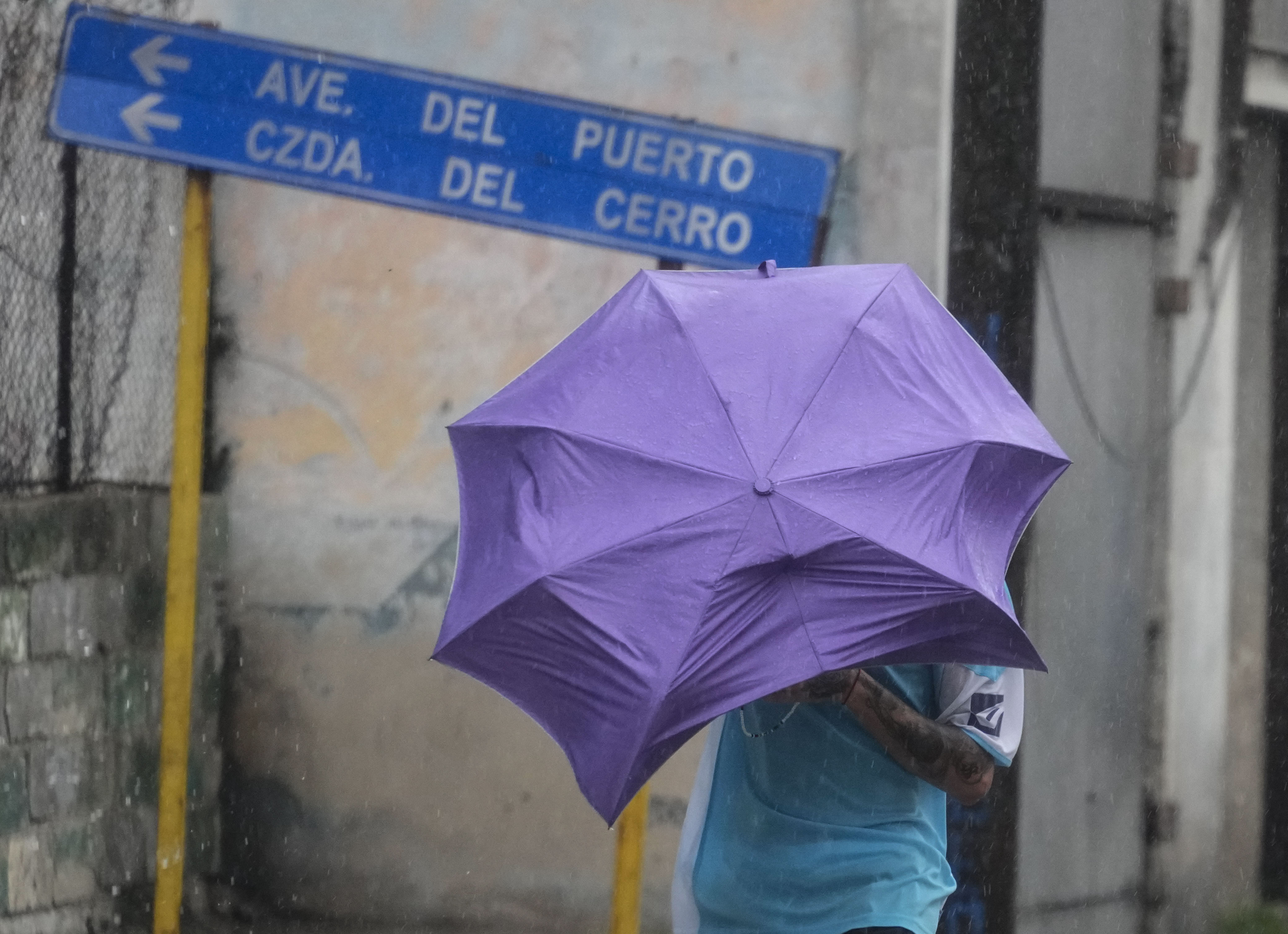Cuba was left reeling Thursday after a fierce Category-3 hurricane ripped across the island and knocked out the country’s power grid.
The magnitude of the impact remained unclear through the early hours of the day, but forecasters warned that Hurricane Rafael could bring “life-threatening” storm surges, winds and flash floods to Cuba after ravaging parts of the Cayman Islands and Jamaica.

On Wednesday evening, massive waves lashed at Havana’s shores as sharp winds and rain whipped at the historic cityscape, leaving trees littered on flooded roads. Much of the city was dark and deserted.
As it plowed across Cuba, the storm slowed to a Category 2 hurricane chugging into the Gulf of Mexico near northern Mexico and southern Texas, according to the National Hurricane Center in Miami.
But many Cubans were left picking up the pieces from the night before, with a strange sense of deja vu after a rocky few weeks in the Caribbean nation.
In October, the island was hit by a one-two punch. First, Cuba was roiled by stretching island-wide blackouts stretching on for days, a product of the island’s energy crisis. Shortly after, it was slapped by another powerful hurricane that killed at least six people in the eastern part of the island.
Rafael is the 17th named storm of the season.
The National Oceanic and Atmospheric Administration predicted the 2024 hurricane season was likely to be well above average, with between 17 and 25 named storms. The forecast called for as many as 13 hurricanes and four major hurricanes.
An average Atlantic hurricane season produces 14 named storms, seven of them hurricanes and three major hurricanes.
(Cover: People at a bus stop shield themselves with cardboard amid wind and rain during the passage of Hurricane Rafael in Havana, Cuba, November. 6, 2024. /AP)
